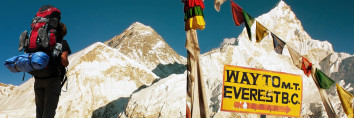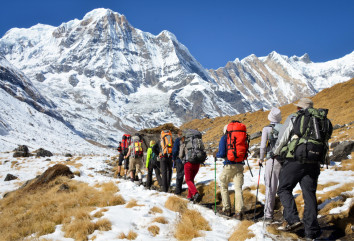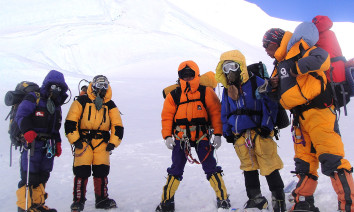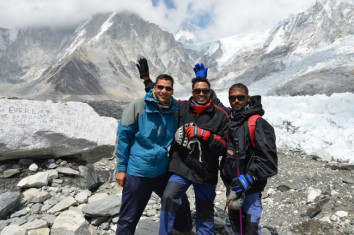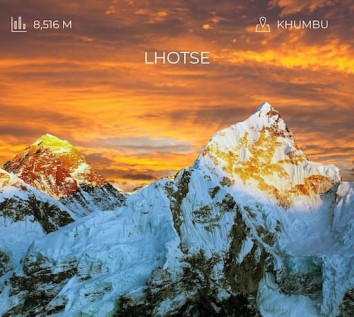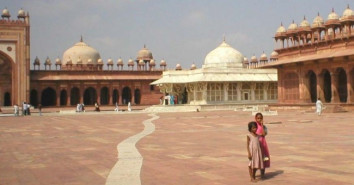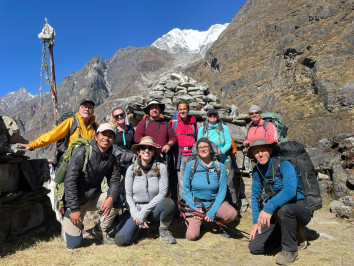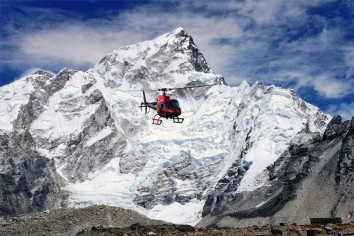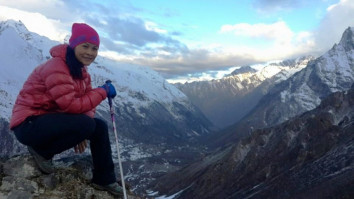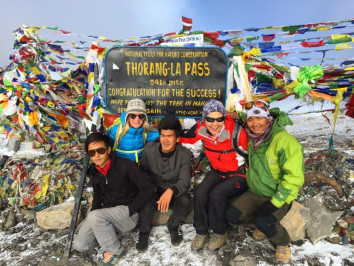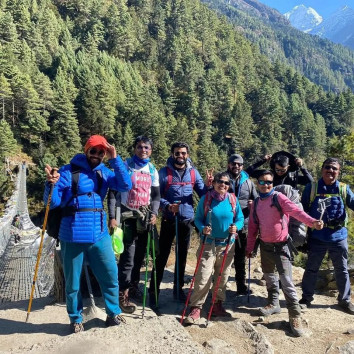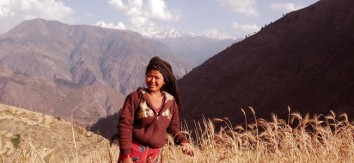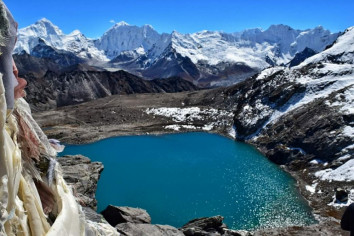14th Jan, 2024
Can an average person climb Everest?
Climbing Mount Everest is an extremely challenging and demanding undertaking, and it is not something that the average person can do without significant preparation, experience, and resources. Mount Everest stands at 29,032 feet (8,848 meters) above sea level, making it the highest peak in the world. The climb poses numerous physical, mental, and logistical challenges.
Table of Contents
Here are some reasons why climbing Everest is not considered an endeavor for the average person:
Why climbing Everest is not considered an endeavor for the average person
Physical Fitness
Climbing Everest requires excellent physical fitness and stamina. Climbers must be able to endure long hours of strenuous activity, extreme weather conditions, and high-altitude challenges.
Experience
Successful Everest climbers typically have prior experience in high-altitude mountaineering. Climbers need to be familiar with the technical skills required for ice and rock climbing, as well as be able to navigate challenging and unpredictable terrain.
Mental Resilience
Climbing Everest involves facing mental challenges, such as dealing with isolation, extreme weather, and the risks associated with high-altitude mountaineering. Mental resilience is crucial for making sound decisions in challenging situations.
Financial Investment
Climbing Everest is an expensive endeavor. Costs include permits, equipment, guides, support staff, travel, and other logistics. The financial investment required can be a significant barrier for many individuals.
Time Commitment
Climbing Everest takes several weeks, including acclimatization rotations, rest days, and the final push to the summit. The time commitment can be challenging for individuals with work and family obligations.
Risk and Safety
Climbing Everest involves inherent risks, including altitude sickness, extreme weather, avalanches, and other hazards. The ability to manage these risks and prioritize safety is crucial.
While it's not impossible for an average person to climb Everest, it requires extensive preparation, training, and commitment. Many climbers join guided expeditions led by experienced mountaineers and outfitters who provide the necessary support and expertise. Aspiring Everest climbers are encouraged to gain mountaineering experience on other peaks, undergo specific training, and carefully consider the physical and mental demands of the climb.
How many km to climb Mount Everest?
The distance climbed to the summit of Mount Everest can vary depending on the specific route taken, but a commonly used route is the South Col route from Nepal. This route typically starts at Lukla (around 2,860 meters or 9,383 feet) and goes through various camps, including Base Camp, Camp 1, Camp 2, Camp 3, Camp 4 (South Col), and finally to the summit.
The straight-line distance from Lukla to the summit of Everest is approximately 19 kilometers (11.8 miles). However, climbers don't ascend in a straight line; they follow a winding path that includes multiple ascents and descents for acclimatization and navigating challenging terrain.
The total distance covered during the entire expedition, including acclimatization rotations and the final push to the summit, can be significantly longer. Climbers might cover well over 100 kilometers (62 miles) during the entire journey, depending on the specific itinerary and route variations.
It's important to note that the difficulty and physical demand of climbing Everest are not solely determined by the horizontal distance covered; the altitude gain, terrain, and extreme conditions play crucial roles in the challenge of this ascent.
Is Everest Base Camp for beginners?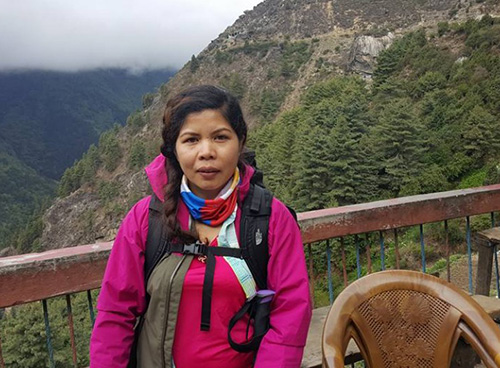
While Everest Base Camp (EBC) is not a technical climb like reaching the summit of Mount Everest, it is still a challenging trek that requires a reasonable level of fitness and preparation. The trek to Everest Base Camp is one of the most popular and iconic trekking routes in the world, attracting adventurers of varying experience levels.
Here are some considerations for beginners interested in trekking to Everest Base Camp:
-
Physical Fitness: The trek involves walking for several hours each day at high altitudes. Trekkers should be in good physical condition to handle the demands of the trail, which includes both uphill and downhill sections.
-
Altitude Acclimatization: Acclimatization is crucial when trekking at high altitudes to reduce the risk of altitude sickness. The itinerary typically includes acclimatization days to allow trekkers' bodies to adjust to the decreasing oxygen levels.
-
Experience with Multi-Day Treks: While Everest Base Camp is often considered suitable for beginners, it's beneficial for trekkers to have some experience with multi-day trekking to be familiar with the challenges and logistics involved.
-
Equipment and Gear: Trekkers need to be adequately prepared with appropriate clothing, footwear, and other essential gear. Understanding how to use trekking equipment, such as trekking poles and high-altitude gear, is beneficial.
-
Mental Preparedness: The trek can be mentally challenging due to the altitude, varying weather conditions, and the physical exertion involved. Being mentally prepared for the journey is important.
-
Guided Treks: Many beginners choose to join guided treks, where experienced guides provide support, handle logistics, and ensure safety. Guided treks can be beneficial for those with limited trekking experience.
It's important for beginners to assess their own fitness levels, consult with healthcare professionals if needed, and choose an itinerary that allows for proper acclimatization. Additionally, being aware of the potential challenges and having a realistic understanding of the trek can contribute to a more enjoyable and successful experience.
Climbing Mount Everest is a challenging and demanding endeavor that requires physical fitness, technical skills, and experience in high-altitude mountaineering. It is not a feat for beginners or those without proper training and preparation. Climbing Everest involves navigating difficult terrain, facing extreme weather conditions, and dealing with the risks associated with high-altitude mountaineering.
To attempt climbing Everest, individuals usually need to join an organized expedition led by experienced guides and outfitters. These expeditions provide the necessary support, equipment, and expertise required for such a challenging ascent. Additionally, climbers are typically required to have prior experience in climbing other high-altitude mountains and to undergo rigorous physical training.
The costs associated with climbing Everest can be substantial, covering permits, equipment, guide fees, and other expenses. It is not an endeavor that can be undertaken casually, and individuals must be well-prepared physically, mentally, and financially.
In summary, while climbing Mount Everest is not restricted to elite athletes, it is certainly not an undertaking for beginners or common individuals without proper training and experience in high-altitude mountaineering.
Recent Posts

23rd Jan, 2017

12th Jan, 2014
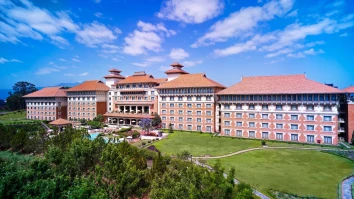
24th Apr, 2017
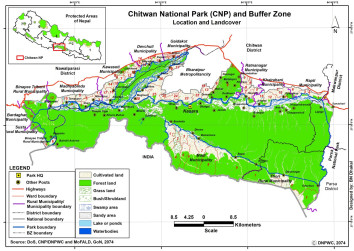
3rd Apr, 2014

3rd Jun, 2017

20th Jan, 2017

16th Jan, 2017
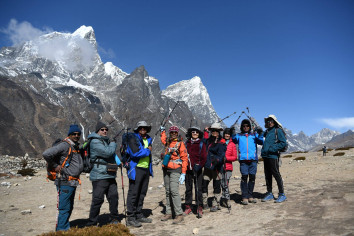
12th Jul, 2015

9th Apr, 2019
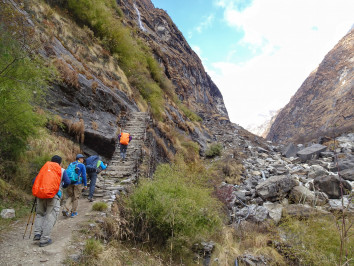
9th Jan, 2014
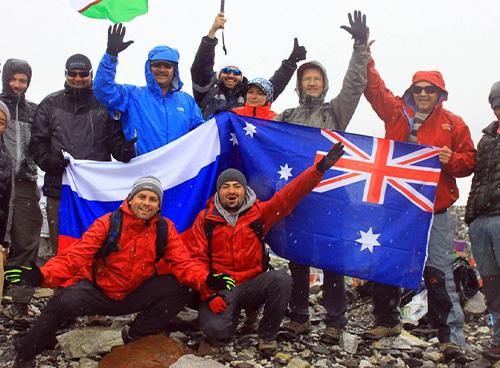
4th Apr, 2019
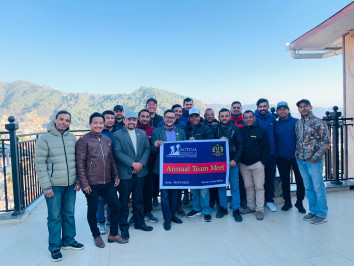
2nd Jan, 2014

2nd Apr, 2019

2nd Jan, 2014
-1.jpg)
30th Jan, 2017
-1.jpg)
4th Oct, 2018

16th Oct, 2018

9th Oct, 2018

24th Jan, 2016

4th Oct, 2018
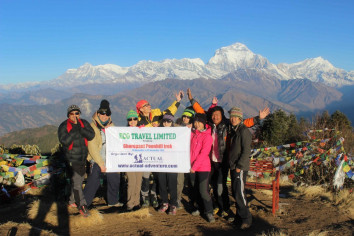
24th Aug, 2022

8th Sep, 2022

15th Sep, 2022
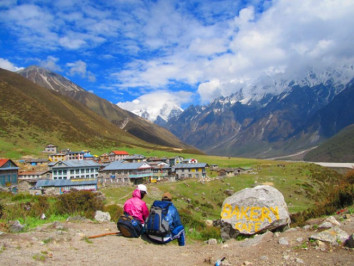
3rd Mar, 2023
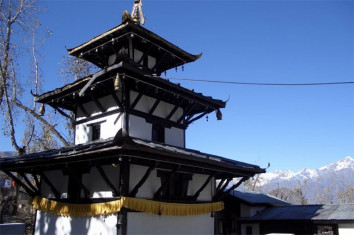
7th Mar, 2023
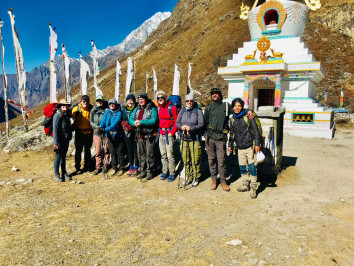
27th Mar, 2023

5th Apr, 2023

12th Apr, 2023
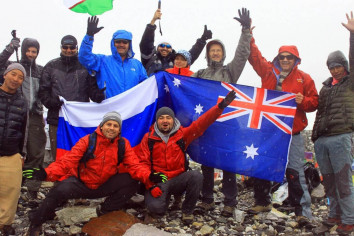
21st Apr, 2023

24th Apr, 2023
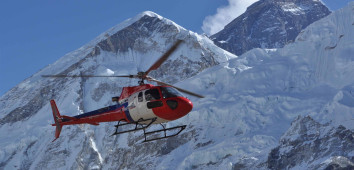
27th Apr, 2023

1st May, 2023
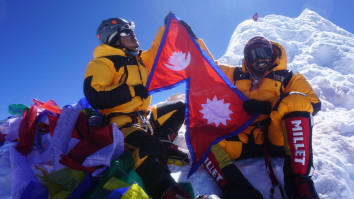
1st May, 2023
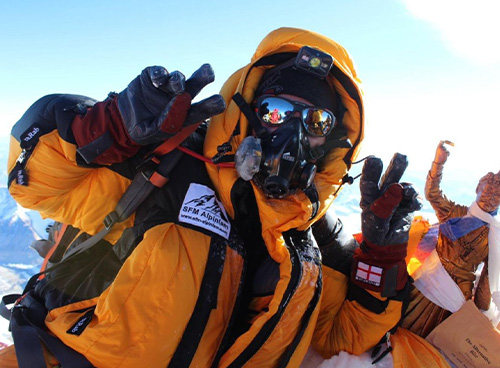
3rd May, 2023
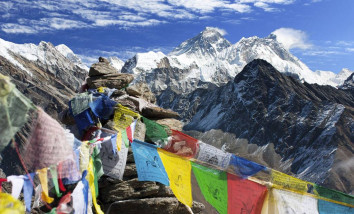
18th May, 2023
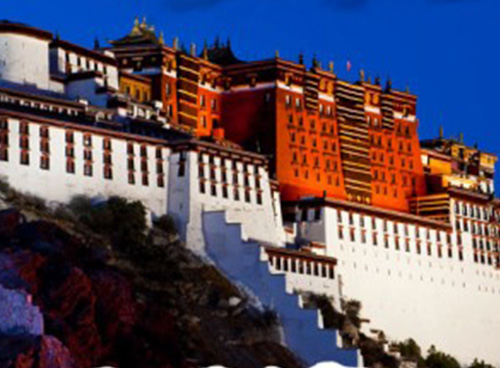
19th May, 2023

16th Jul, 2023

16th Jul, 2023
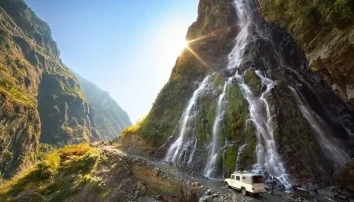
16th Jul, 2023
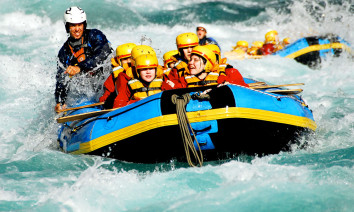
16th Jul, 2023

17th Jul, 2023

17th Jul, 2023

17th Jul, 2023

17th Jul, 2023

17th Jul, 2023

17th Jul, 2023

17th Jul, 2023

20th Jul, 2023
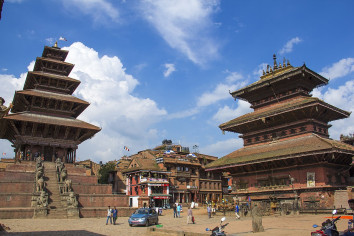
21st Jul, 2023

27th Jul, 2023
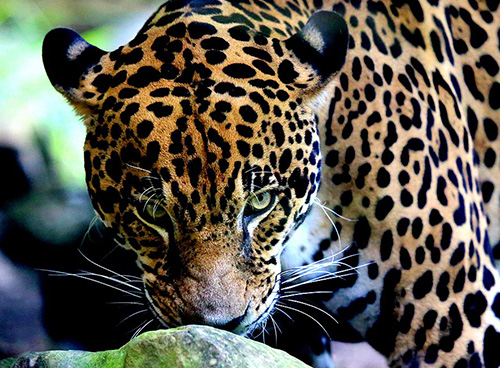
30th Jul, 2023
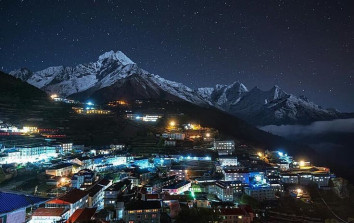
30th Jul, 2023

21st Aug, 2023
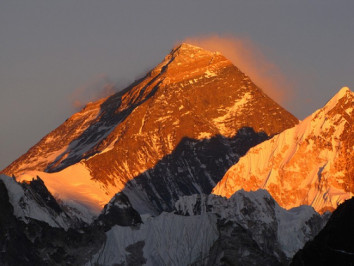
22nd Aug, 2023
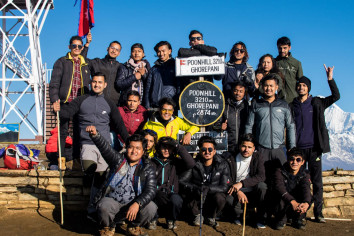
28th Aug, 2023
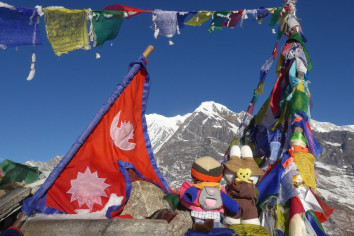
6th Oct, 2023

5th Nov, 2023

7th Nov, 2023

19th Nov, 2023
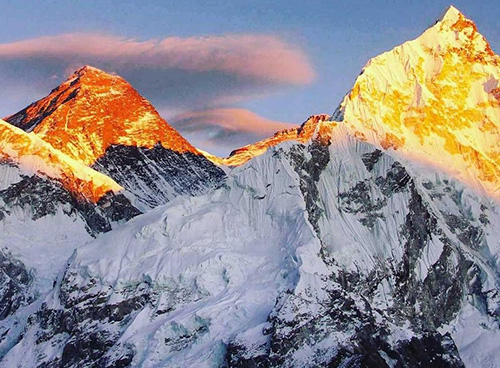
25th Nov, 2023

1st Dec, 2023
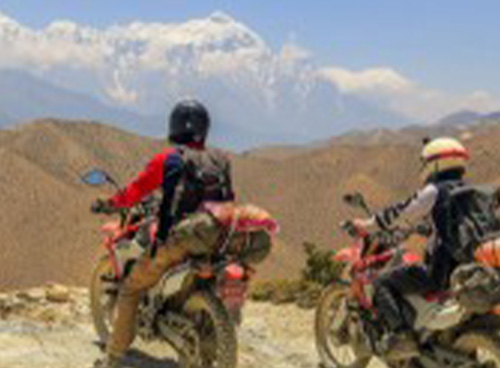
3rd Dec, 2023

13th Dec, 2023
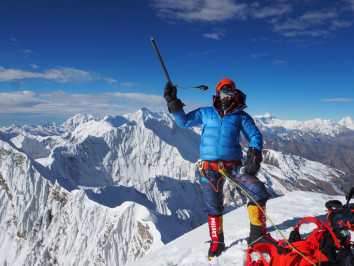
13th Dec, 2023
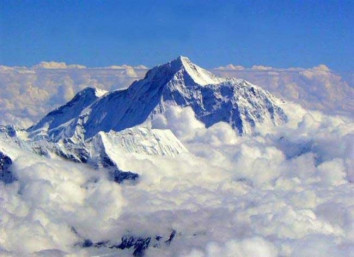
13th Dec, 2023

21st Dec, 2023

21st Dec, 2023

23rd Dec, 2023
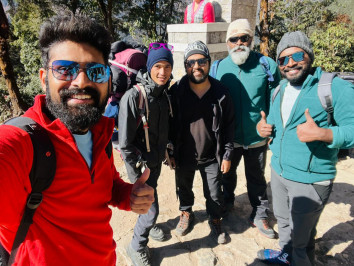
25th Dec, 2023

25th Dec, 2023

31st Dec, 2023
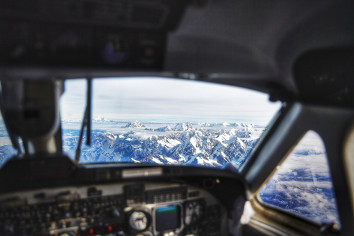
31st Dec, 2023
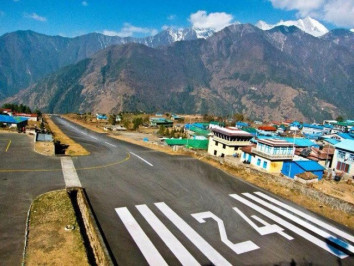
31st Dec, 2023

1st Jan, 2024
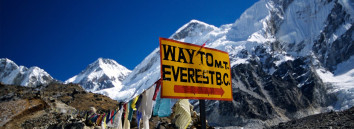
2nd Jan, 2024
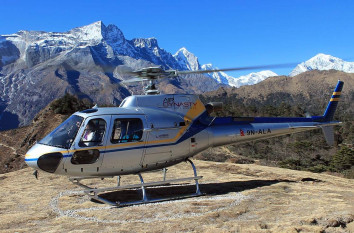
2nd Jan, 2024
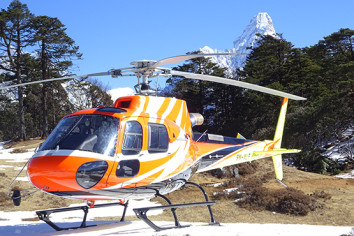
2nd Jan, 2024

3rd Jan, 2024
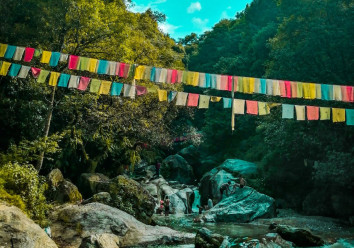
4th Jan, 2024
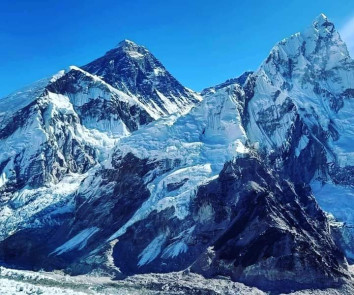
4th Jan, 2024
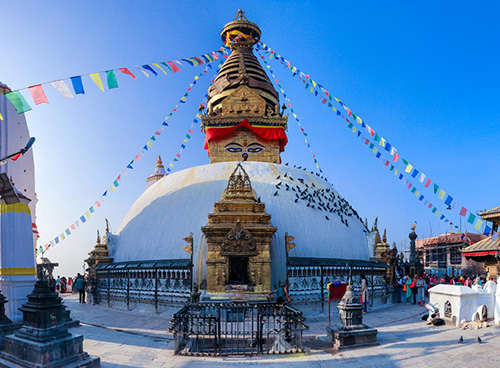
4th Jan, 2024
.jpg)
4th Jan, 2024

4th Jan, 2024

4th Jan, 2024

5th Jan, 2024

6th Jan, 2024

6th Jan, 2024

9th Jan, 2024

10th Jan, 2024
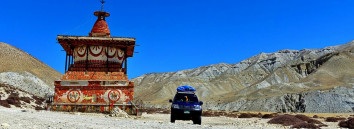
10th Jan, 2024
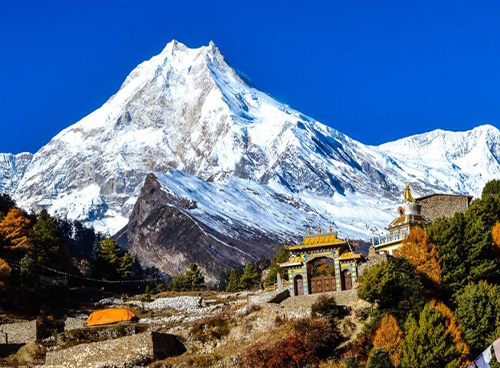
10th Jan, 2024

10th Jan, 2024
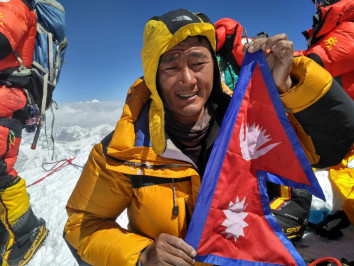
11th Jan, 2024
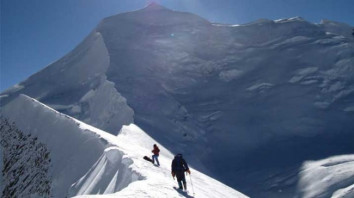
11th Jan, 2024

12th Jan, 2024

12th Jan, 2024

13th Jan, 2024
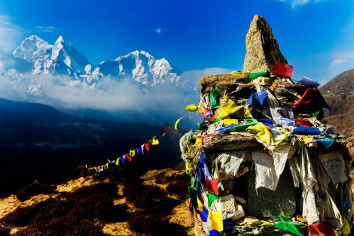
14th Jan, 2024
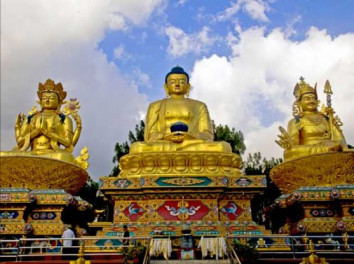
14th Jan, 2024

15th Jan, 2024
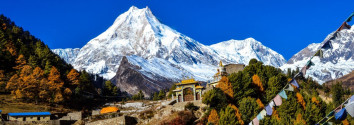
15th Jan, 2024

15th Jan, 2024

16th Jan, 2024
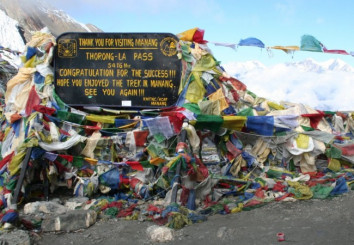
16th Jan, 2024
.jpg)
16th Jan, 2024

16th Jan, 2024
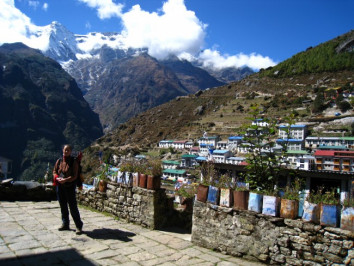
18th Jan, 2024
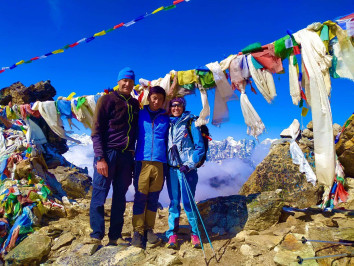
24th Jan, 2024
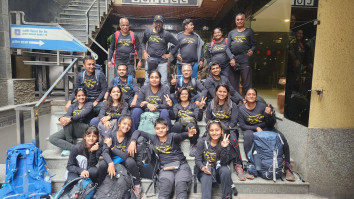
26th Jan, 2024
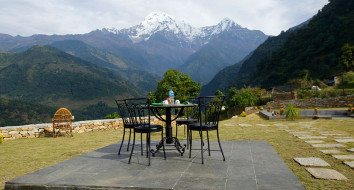
28th Jan, 2024
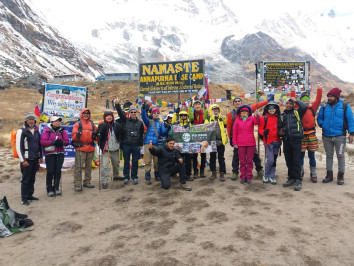
28th Jan, 2024

30th Jan, 2024
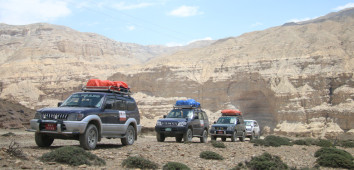
30th Jan, 2024
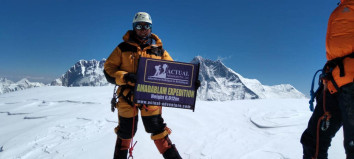
2nd Feb, 2024

2nd Feb, 2024

2nd Feb, 2024
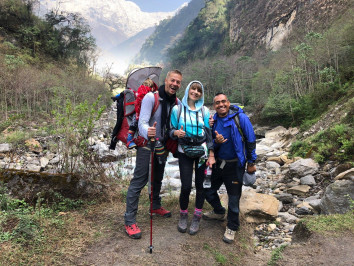
3rd Feb, 2024
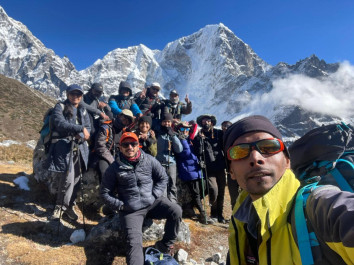
4th Feb, 2024

8th Feb, 2024

9th Feb, 2024

10th Feb, 2024
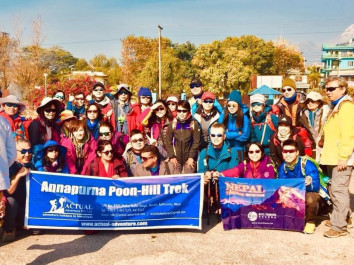
10th Feb, 2024
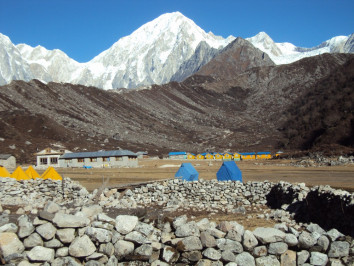
11th Feb, 2024

12th Feb, 2024
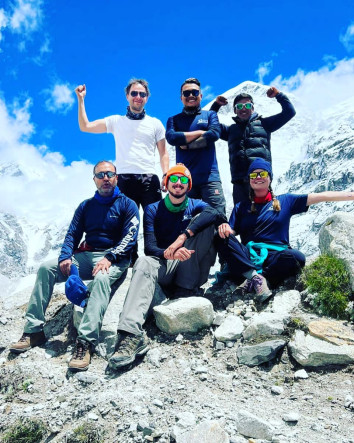
12th Feb, 2024

13th Feb, 2024

13th Feb, 2024

16th Feb, 2024

18th Feb, 2024

20th Feb, 2024
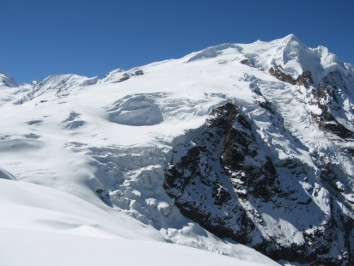
21st Feb, 2024
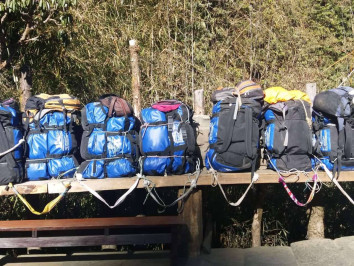
21st Feb, 2024

27th Feb, 2024
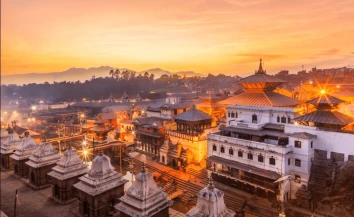
3rd Mar, 2024

3rd Mar, 2024
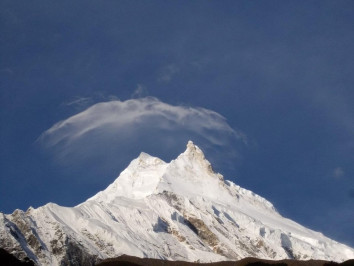
4th Mar, 2024
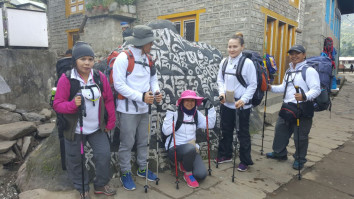
5th Mar, 2024
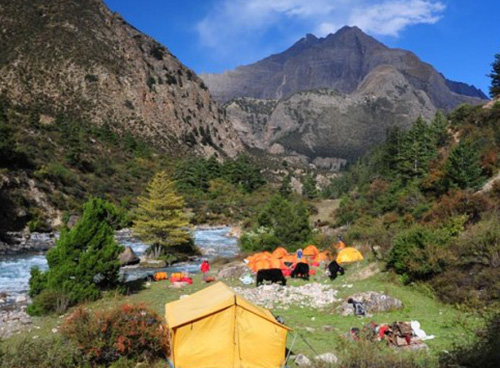
5th Mar, 2024

10th Mar, 2024

10th Mar, 2024

10th Mar, 2024
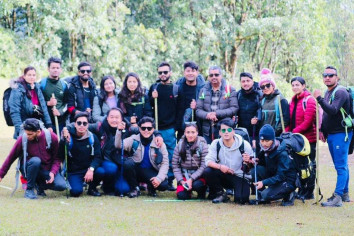
11th Mar, 2024

13th Mar, 2024

13th Mar, 2024
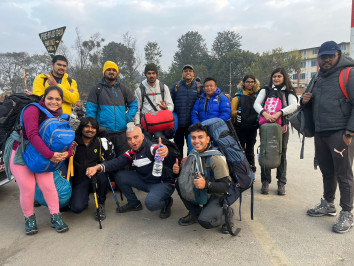
19th Mar, 2024
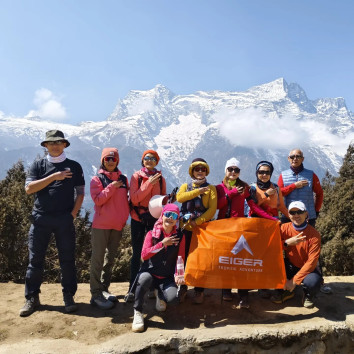
22nd Mar, 2024

26th Mar, 2024

27th Mar, 2024

27th Mar, 2024

27th Mar, 2024
-1624864292-1.jpg)
28th Mar, 2024

2nd Apr, 2024

2nd Apr, 2024

4th Apr, 2024
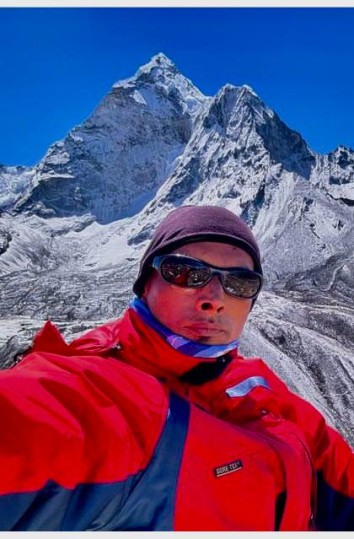
12th Apr, 2024
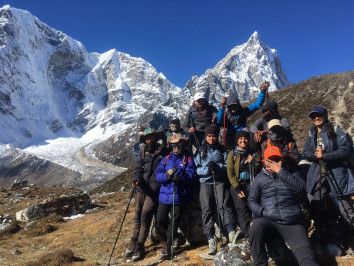




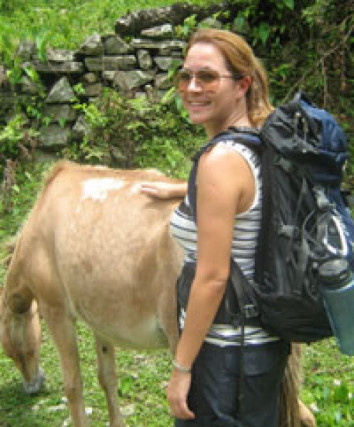
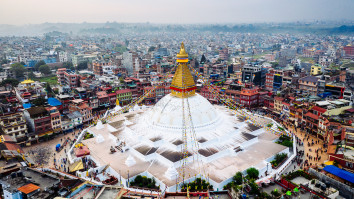
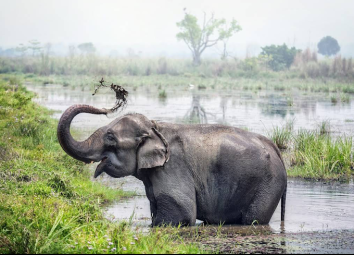


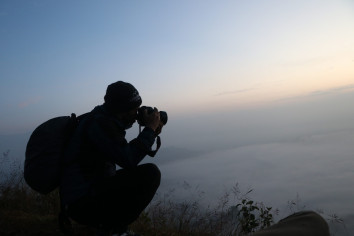


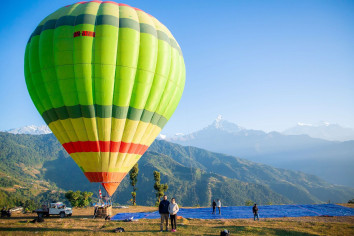






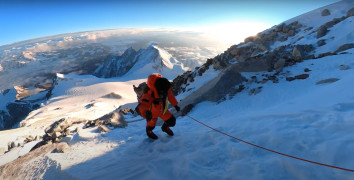
.jpg)
